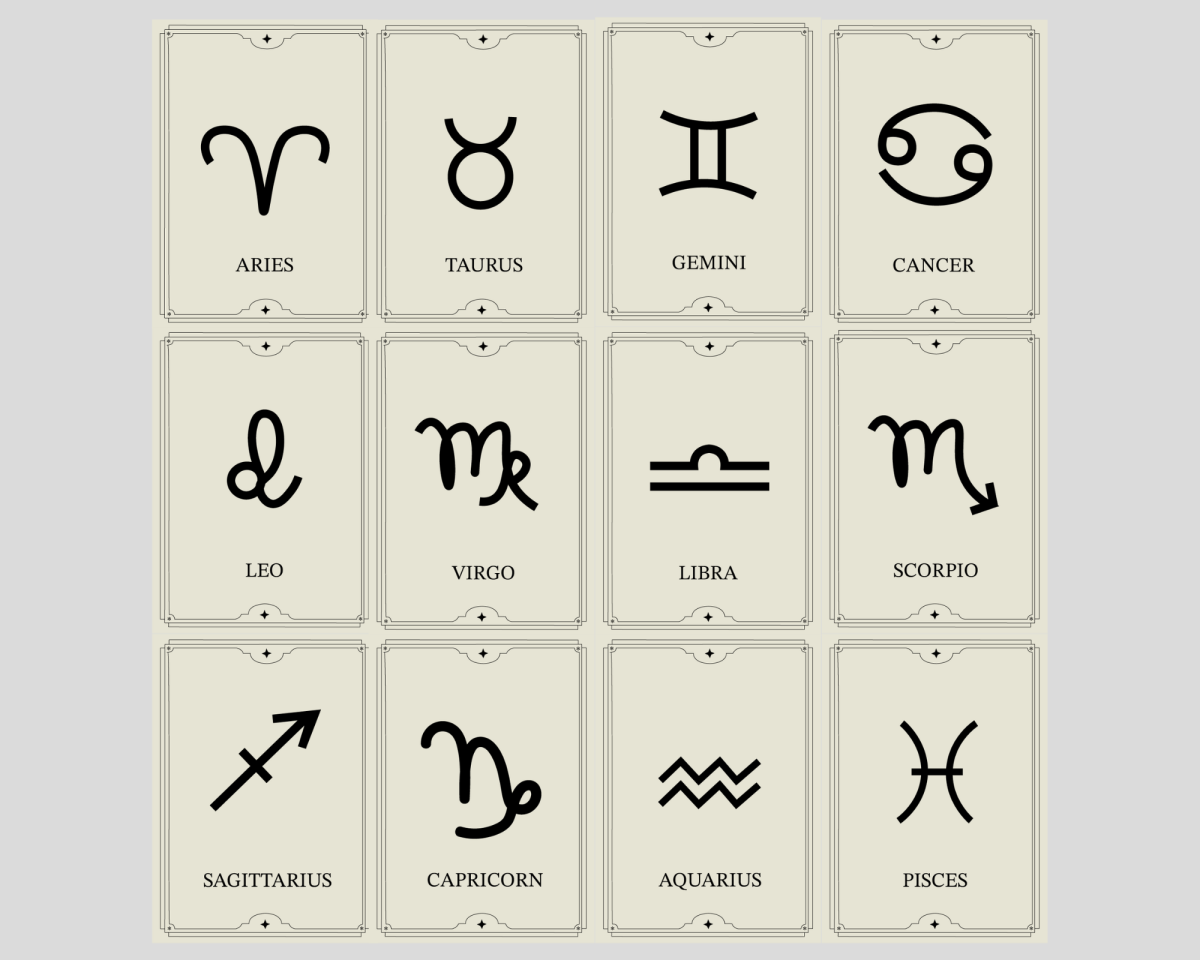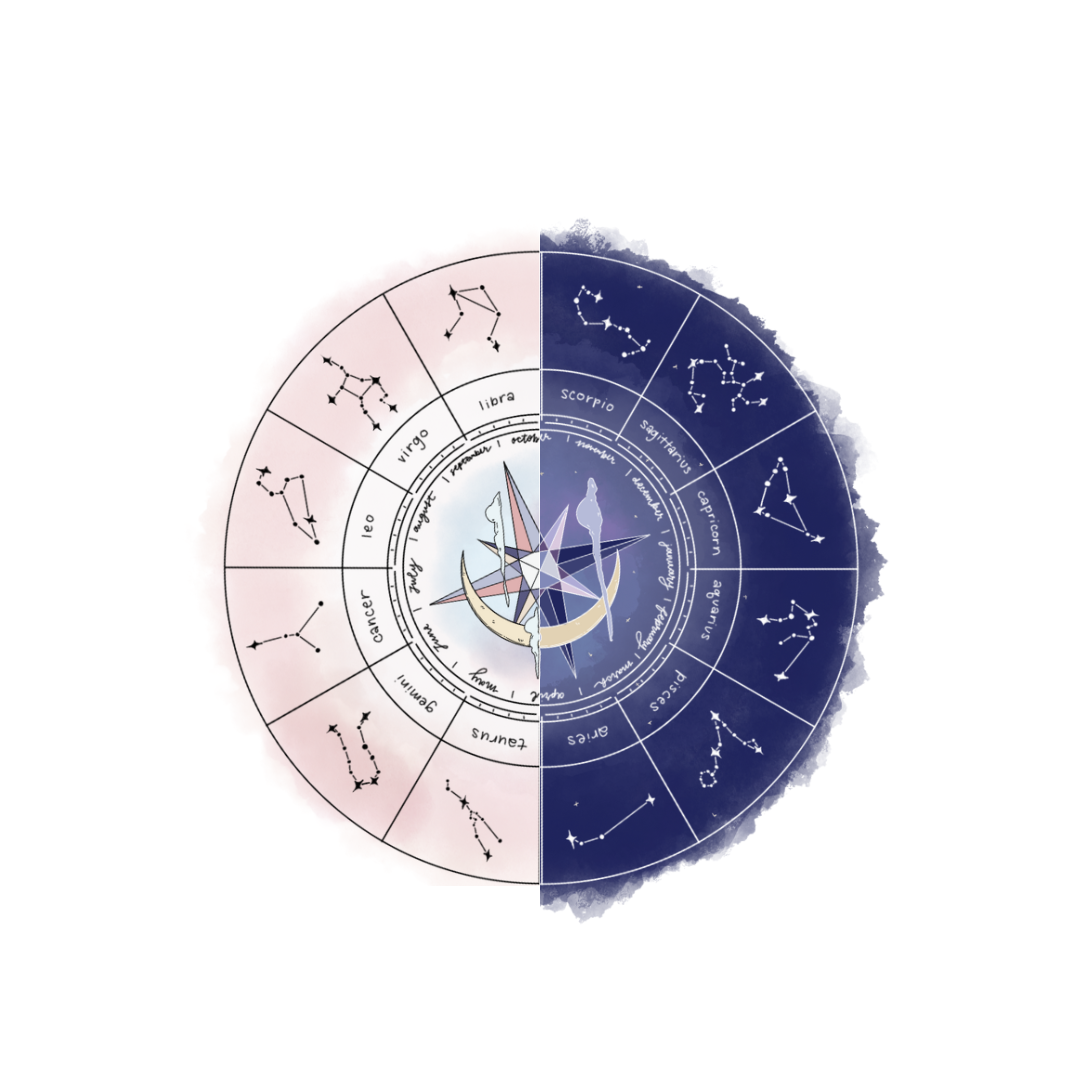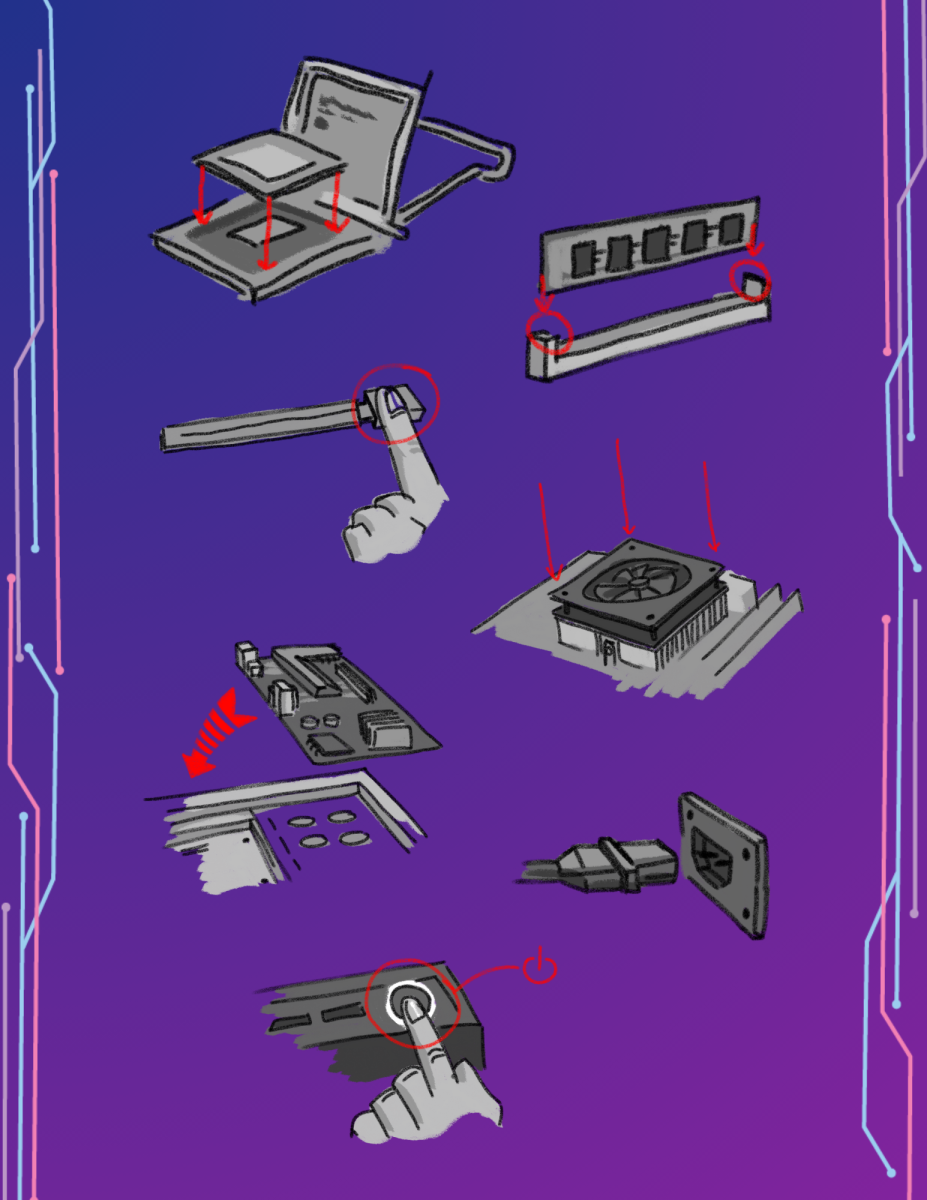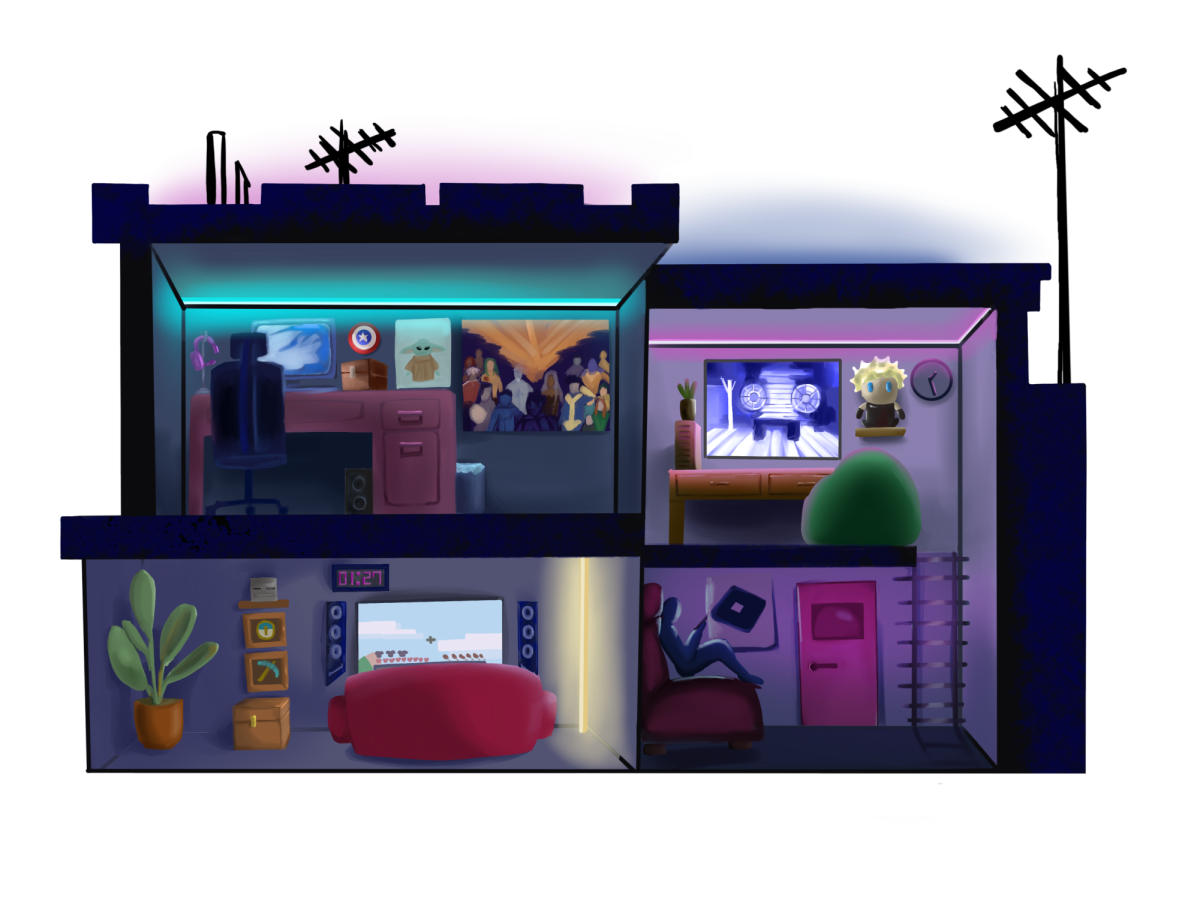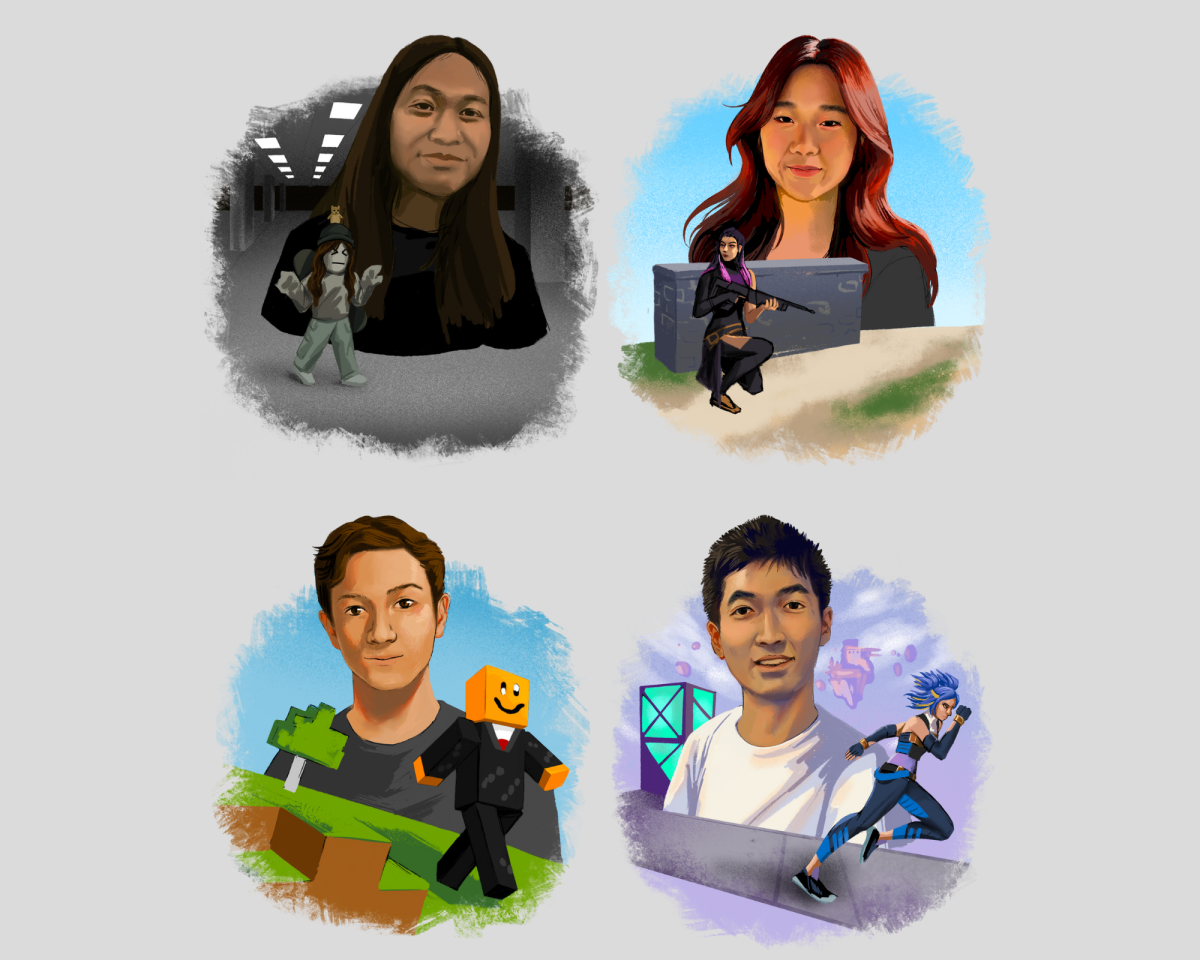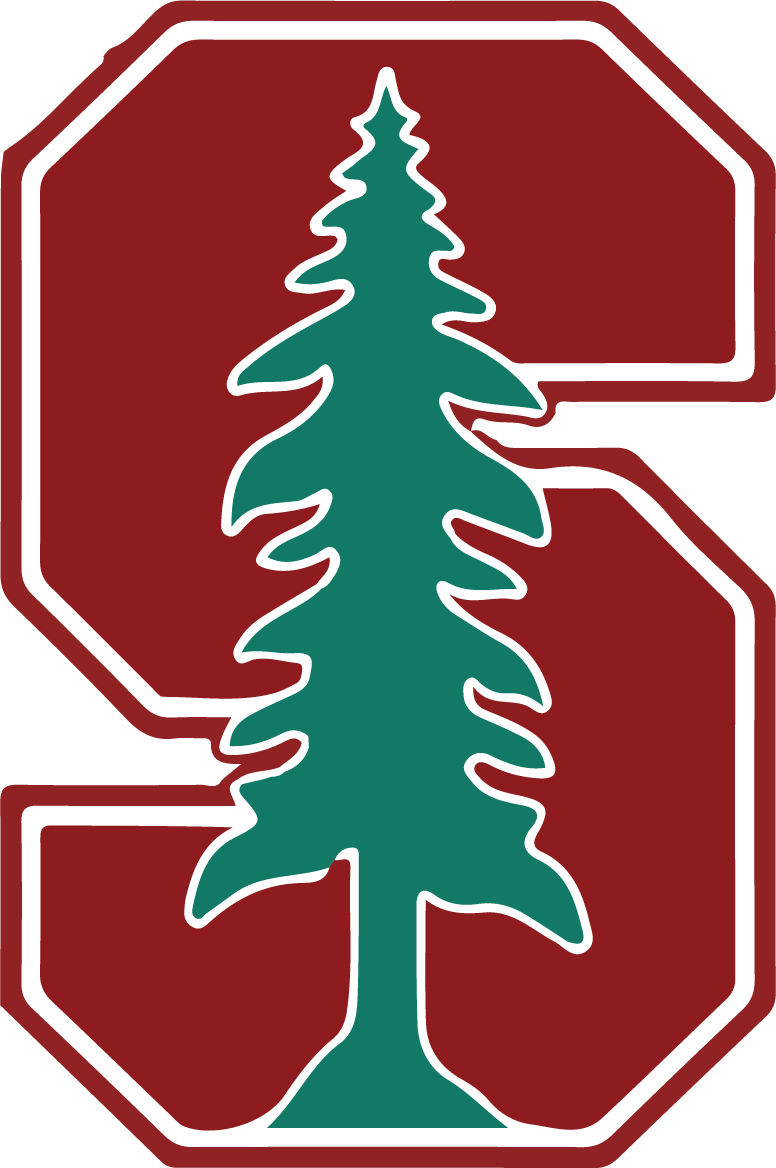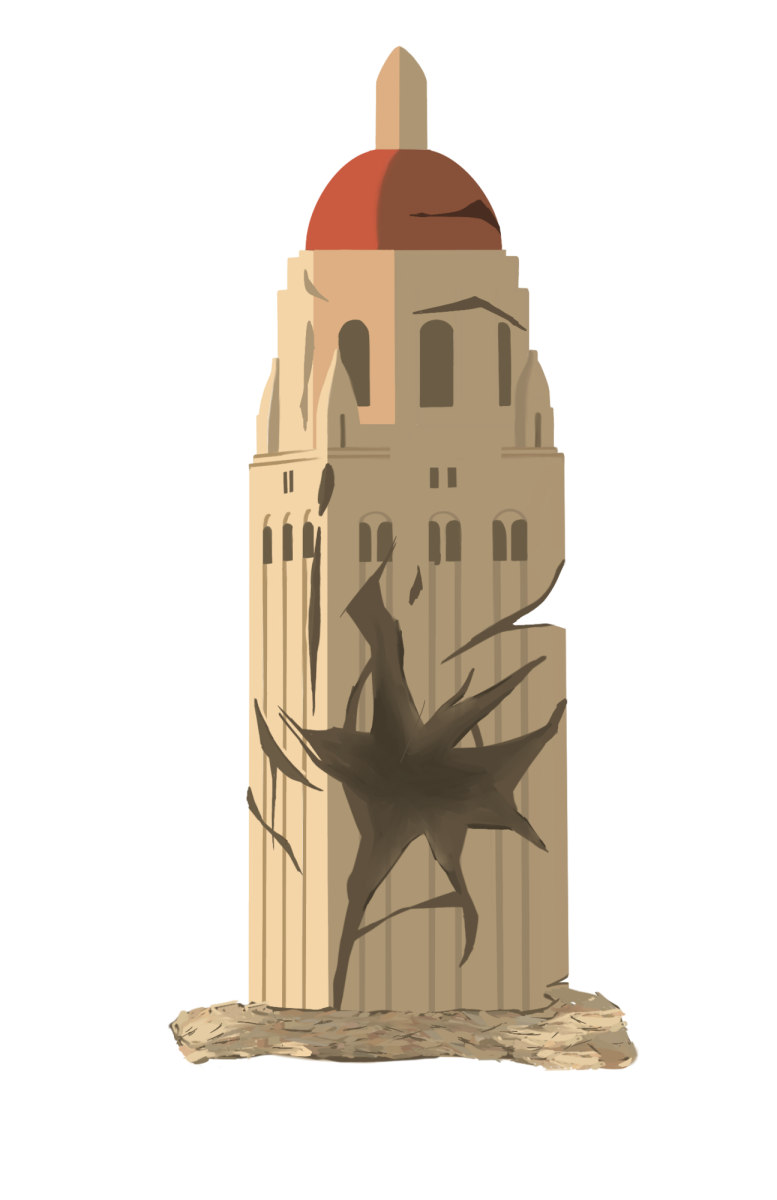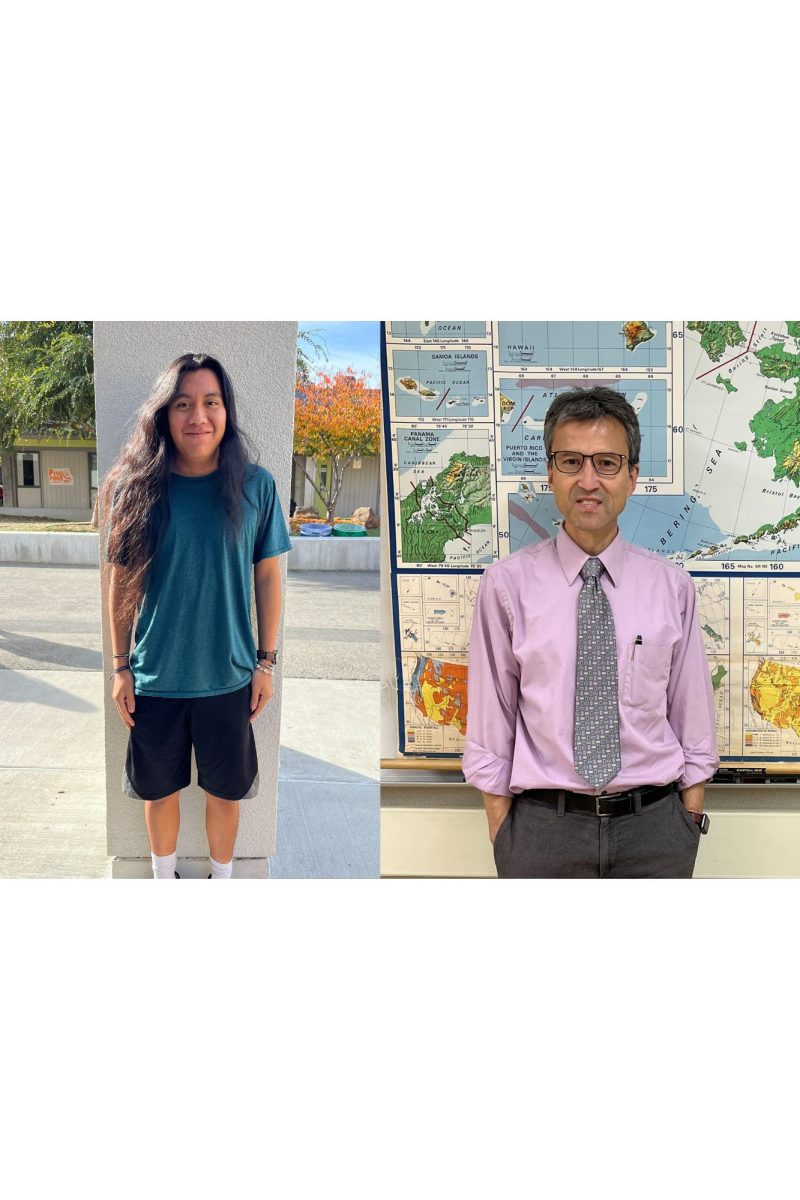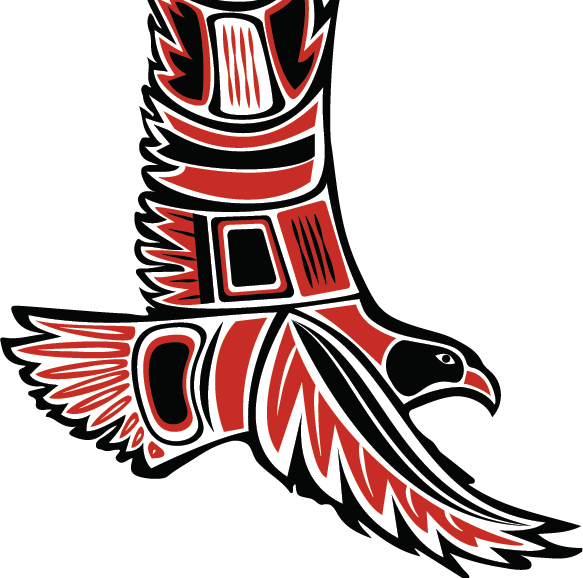Written by Liza Kolbasov
Among the traditional math classes offered at Gunn, one stands out: Business, Entrepreneurship and Math (BEAM), an application math course started in 2014 by math teacher Cristina Florea. This course focuses on teaching students about entrepreneurship and the real-life applications of math, as well as letting them apply their newly acquired knowledge to internships or projects.
Florea first started BEAM as a way to satisfy the Gunn community’s needs. “Throughout teaching here, I’ve heard both students and parents say two things: how does math apply to the real world and what can we do to show the students how it applies, and why isn’t there a business course offered at Gunn when Palo Alto is in the Silicon Valley?” she said. Through the program, Florea hopes to teach students math and business in a way that would help them in their futures and enable them to give back to the community.
According to BEAM Chief Executive Officer senior Minki Kim, students learn the most through the unique hands-on opportunities to create their own projects. “[Students are] thrown into groups in the second semester and made to do these projects that have a real life application,” Kim said. “I think that’s the most important part of BEAM.”
BEAM began as a lunchtime club with five students in it. Over the past three years, it has expanded into a full-time course working with several companies. Since its creation at Gunn, the class has spread to schools worldwide, including in Germany, China, Sweden, the Netherlands and Mexico. The curriculum, developed by Florea and two of the largest professional firms in the world, Ernst & Young and PricewaterhouseCoopers, focuses on skills necessary for students to create their own startups and put them into practice.
According to BEAM and math teacher Toni Smith, who started teaching the course along with Florea this year, the course is split into parts that provide different areas of business knowledge. “Students are learning about all aspects of business, as well as mathematics and how the two are combined,” Smith said.
These skills aide students in seeing the practical side of entrepreneurship. “[Entrepreneurship] is not as easy as having a good idea and then implementing it, there’s a lot of steps in between having a good idea and turning it into something that can make you money,” Kim said.
The class works to provide students with knowledge that will help students complete these steps. “BEAM is a class where students learn different aspects of business, such as entrepreneurship, business strategy, marketing, and finance, and get to collaborate on projects with students in other parts of the world that take BEAM course,” Smith said, adding that many students already have an idea for a business.
The skills that students learn through entrepreneurship and courses such as BEAM are incredibly applicable, according to Florea and Kim. “Well, first of all, if [students] make something really good right now… [they] could continue with that for the rest of [their] lives,” Kim said, citing the example of a student who invented disinfecting plastic for hospitals. “But it’s just basically the skills, to try new things and see if you’ll succeed or not, and then… try that again in the future. It’s just another experience that will give them guidance,” he said.
Even for students who do not choose to pursue a future in business, BEAM can provide knowledge that will help them regardless of their profession. Entrepreneurship allows students to get better at three essential skills: creative thinking, problem solving and giving good presentations. “I think… entrepreneurship, and joining the course or doing entrepreneurship projects in high school, it kind of forces you to think about these three things, and forces you to become better at them before you leave high school,” Florea said.
BEAM is unique in that it allows students to explore entrepreneurship on a global level, working on projects with people from other countries. “I guess you could say BEAM is like global entrepreneurship at the high school level because the students worldwide collaborate and could possibly create joint startups,” Florea said. “Who knows, maybe a student from Linkoping, Sweden, and a student from Oaxaca, Mexico, hear about each other’s different startups and they would want to continue to work together on the same startup.”
The course’s central idea of working together to complete projects and give back to the community on a local and global level echoes many of Gunn’s core values. “Gunn is a very close community,” Florea said. “Everybody cares about each other. We’re all in this together. So, let’s all be in this together and work towards creating a product or service that helps other people and gives back to our community.”





